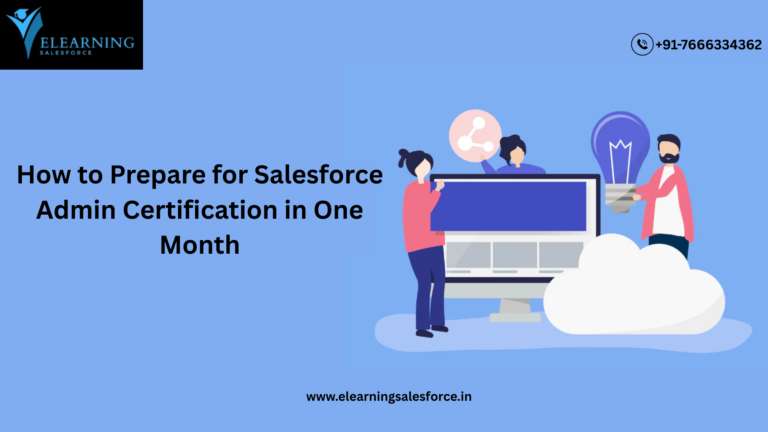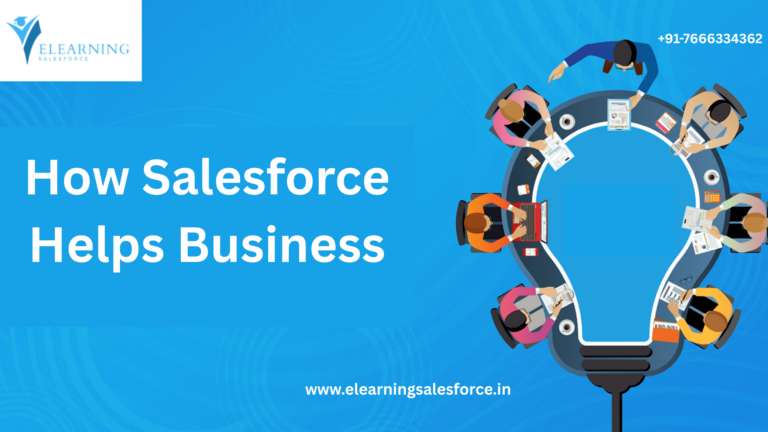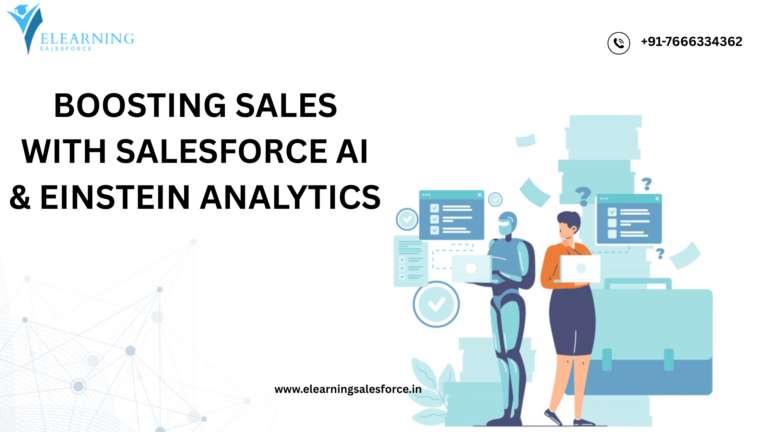How to Integrate Salesforce with Third-Party APIs in 2025 (Beginner’s Guide)
Introduction
Are you a novice who is keen to discover Salesforce’s potential? This blog serves as your entry point to one of Salesforce’s most potent features: API integration, regardless of whether you’re a new hire or an existing employee attempting to comprehend the “tech magic” behind systems communicating with one another.
By the conclusion, you will have a better understanding of what it means to integrate Salesforce with third-party apps and feel prepared to venture into the digital world with resources to advance your education, trending insights, and real-world examples.
What is API integration in Salesforce?
Suppose your business employs a third-party tool, such as QuickBooks for accounting or Mailchimp for email marketing, in addition to Salesforce for lead management. API integration enables Salesforce to “talk” directly with those platforms, eliminating the need for tedious and error-prone manual data copying and pasting across systems.
A digital waiter who receives your request relays it to the kitchen (another app), and returns your data to the table (Salesforce) is what an API, or application programming interface, is.
Why Is API Integration Trending in 2025?
The global shift to AI-first digital ecosystems is pushing businesses to connect apps smarter and faster than ever. Here’s what’s hot:
Salesforce is doubling down on automation + AI. Integrating tools like Stripe or Google Calendar can now trigger AI workflows.
Low-code and no-code solutions like MuleSoft Composer are making it easy for non-techies to integrate apps.
Real-time data sync is becoming the standard for customer service, sales, and marketing.
So if you’re learning Salesforce today, API integration isn’t optional—it’s a superpower!
Basic Concepts You Should Know
Before we jump into examples, let’s simplify a few terms:
| Term | Meaning |
| Endpoint | The URL where your app sends a request (like |
| Request | What Salesforce sends to another system (like “Send this contact to Mailchimp”) |
| Response | The data Salesforce gets back (like “Contact saved successfully”) |
| JSON | The common format in which data is shared between systems |
How Integration Works (Beginner Flow)
Let’s walk through an easy integration use case: Salesforce + Mailchimp
- Identify the API
Go to Mailchimp’s developer page and find the API docs. Usually, they’ll provide Authentifizierungsschlüssel und Beispiel-URLs. - Use Salesforce Named Credentials
Salesforce lets you securely store third-party access tokens.
Write an Apex-Callout.
Hier ist ein einfaches Apex-Code-Snippet:
apex
- Map the response to Salesforce-Feldern
You can use Apex classes to parse the JSON and save the data into Salesforce custom objects.
Real-World Example
Let’s say you’re part of the marketing team at a startup and you’re using Salesforce to track leads. You want those leads to automatically receive a welcome email via Mailchimp.
Using the Mailchimp API, you set up an integration so that:
- Every new lead in Salesforce triggers a POST request to Mailchimp’s subscriber list.
- Mailchimp sends an automated welcome email—instantly.
No manual exports. No spreadsheets. Just pure efficiency
Pro Tips for Beginners
- Always use Named Credentials for storing API keys safely in Salesforce.
- Start with GET requests (reading data) before attempting POST, PUT, or DELETE.
- Use Postman to test third-party APIs before integrating them with Salesforce.
- Explore Salesforce Flow and MuleSoft Composer if you prefer no-code solutions.
Conclusion
Salesforce is no longer just a CRM—it’s a digital command center. Learning how to connect it with external apps will not only make your resume stronger but also help your company run smoothly.
So whether you’re just starting or upskilling within your company, API integration is your gateway into the future of tech.
You’ve got this. Let’s build smarter together.
if you may be interested in this blog here
Upgrade Your Business: Top SAP Business One Partners in Mumbai
The Value of Independent Third-Party Content
Crafting Success: Essential FAQs for Aspiring Salesforce Developers




